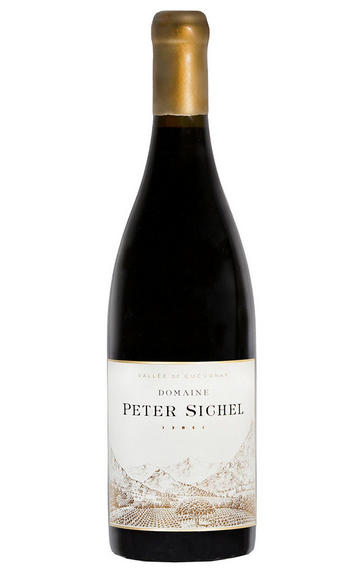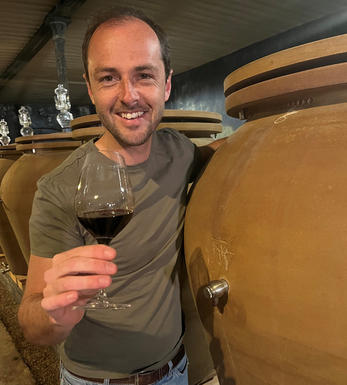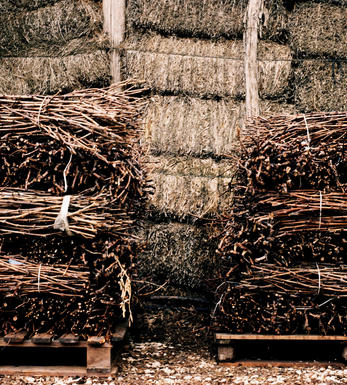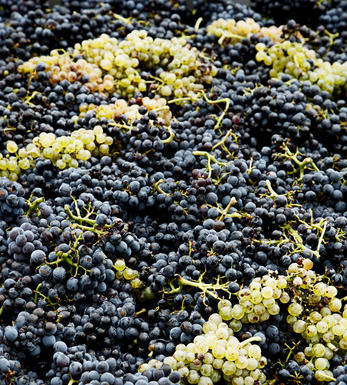
2019 Domaine Peter Sichel, Vallée Cucugnan Rouge, Languedoc

About this WINE

Domaine Peter Sichel
Tucked away in a hidden valley in a remote corner of the Languedoc-Roussillon lies a truly special place: the village of Cucugnan. Historically, there was much wine produced here, given its isolated location, but gradually the local people moved away to the towns. There are now just 130 people living in the village. As the vineyards were left mostly abandoned, the local flora and fauna were permitted to thrive. Cucugnan became a unique area, full of biodiversity, which shines through in the rare plants and flowers that grow there today.
Peter Sichel (of the Bordeaux négociant family) first discovered this valley on a road trip with a friend in the 1960s. He was so spellbound by the place that he bought a house there and, in 1988, planted a vineyard. The project grew, albeit slowly, but the arrival of Peter’s thoughtful and environmentally inspired grandson, Alexander Sichel, has turned the Domaine Peter Sichel project completely around.
Since 2019, Alexander has converted the estate to organics and biodynamics, achieving organic certification in 2022. Furthermore, he is committed to supporting polyculture in and around the vineyards, even enlisting the help of a PhD programme from a Dutch university to identify the incredible array of plant life in the vineyard.
Alexander’s grandfather planted the vines between 30-40 years old. Parcels of Grenache, Syrah, Carignan, and Roussanne lie mostly on the best slopes of the valley. Starting from 350-500 metres’ altitude, these slopes have very little topsoil; the roots go almost straight into the bedrock. The viticultural team here has done much work to focus on the unique characteristics of each parcel to express the terroir of this stunning valley in the most authentic way.

Languedoc-Roussillon
Over the last 25 years, the fortunes of Languedoc-Rousillon have been transformed largely due to the introduction of the Vin de Pays classification in 1979. This led to extensive replanting on more suitable sites, a drastic reduction in permitted yields and, crucially, reducing the dependence of red wines on the ubiquitous Carignan grape.
The new classification enabled producers not only to experiment with other grape varieties, but also to pick up the gauntlet thrown down by the New World – to give the customers what they wanted, namely clearly-labelled international varietals like Chardonnay and Cabernet Sauvignon.
Despite a sometimes deserved reputation for its contributions to the European wine lake, this exciting region continues to see a flow of investment from the Bordelais and others, which has enabled the evolution of the qualitative pyramid to continue. Perhaps the most striking improvements have been seen in Minervois La Livinière and Pic Saint Loup, but not far behind are the wines of St.Chinian and Cabardès.
Regardless of the financial influx and the wonderful terroir of the different appellations, the increase in quality is also allied to some extraordinarily-gifted winemakers, including Jean-Luc Terrier and Jean-Louis Denois.

Other Varieties
There are over 200 different grape varieties used in modern wine making (from a total of over 1000). Most lesser known blends and varieties are traditional to specific parts of the world.


Buying options
Add to wishlist
Description
Domaine Peter Sichel is located in Cucugnan, a remote corner of the Languedoc in the South of France. We are delighted to highlight the estate and its sustainable approach. Made from 60% Grenache and 40% Syrah, this red has a fresh, youthful colour and is full of red cherries on the nose.
Despite the depth of fruit aromas, this still feels so fresh, with a mineral edge. The palate has a juicy blackberry quality and a soft, gentle feel to the fruit, all offset by beautifully fine acidity. A stone-pure lift completes the long, succulent finish.
Catriona Felstead MW, Senior Buyer, Berry Bros. & Rudd (June 2023)
wine at a glance
Delivery and quality guarantee